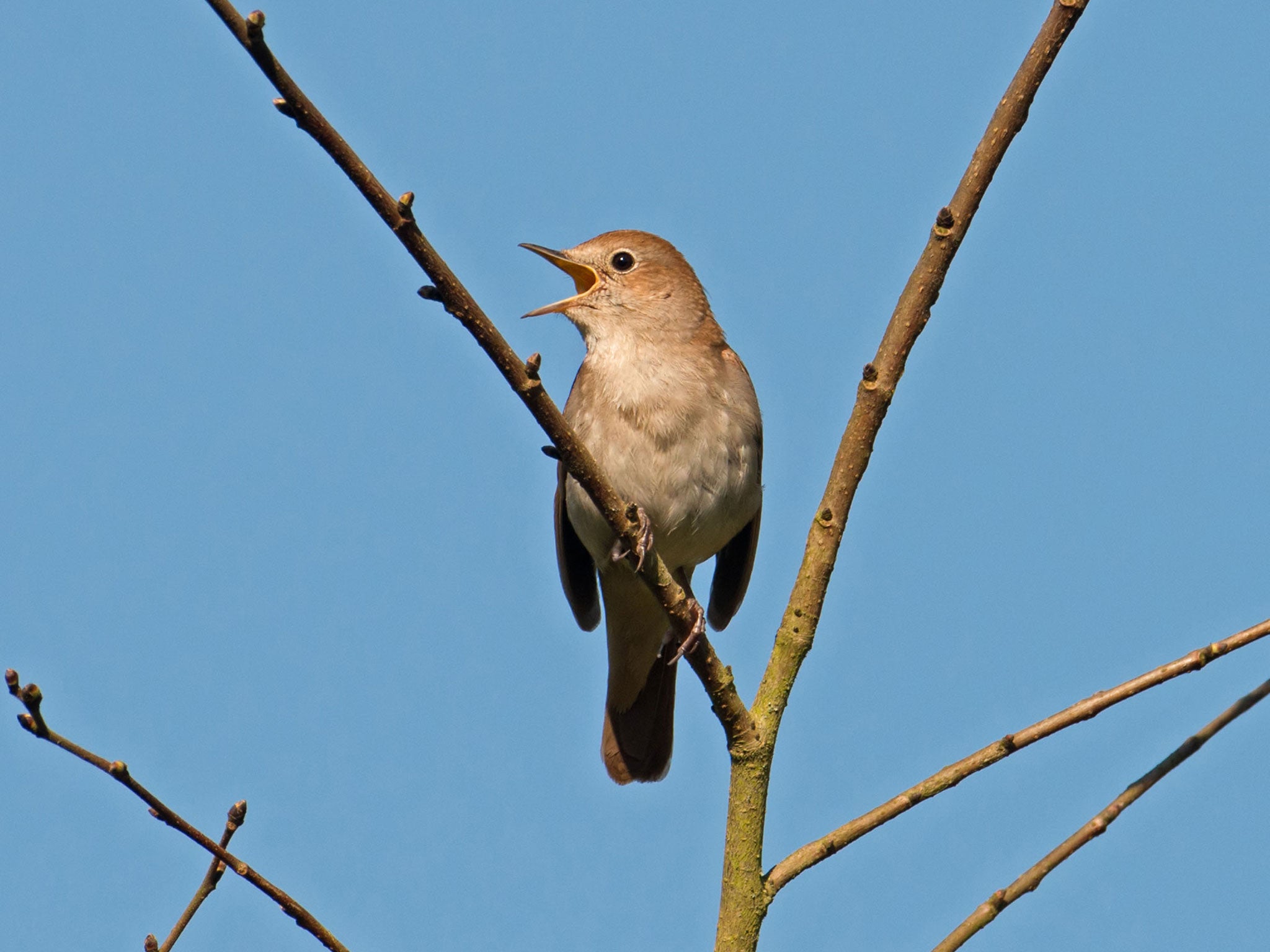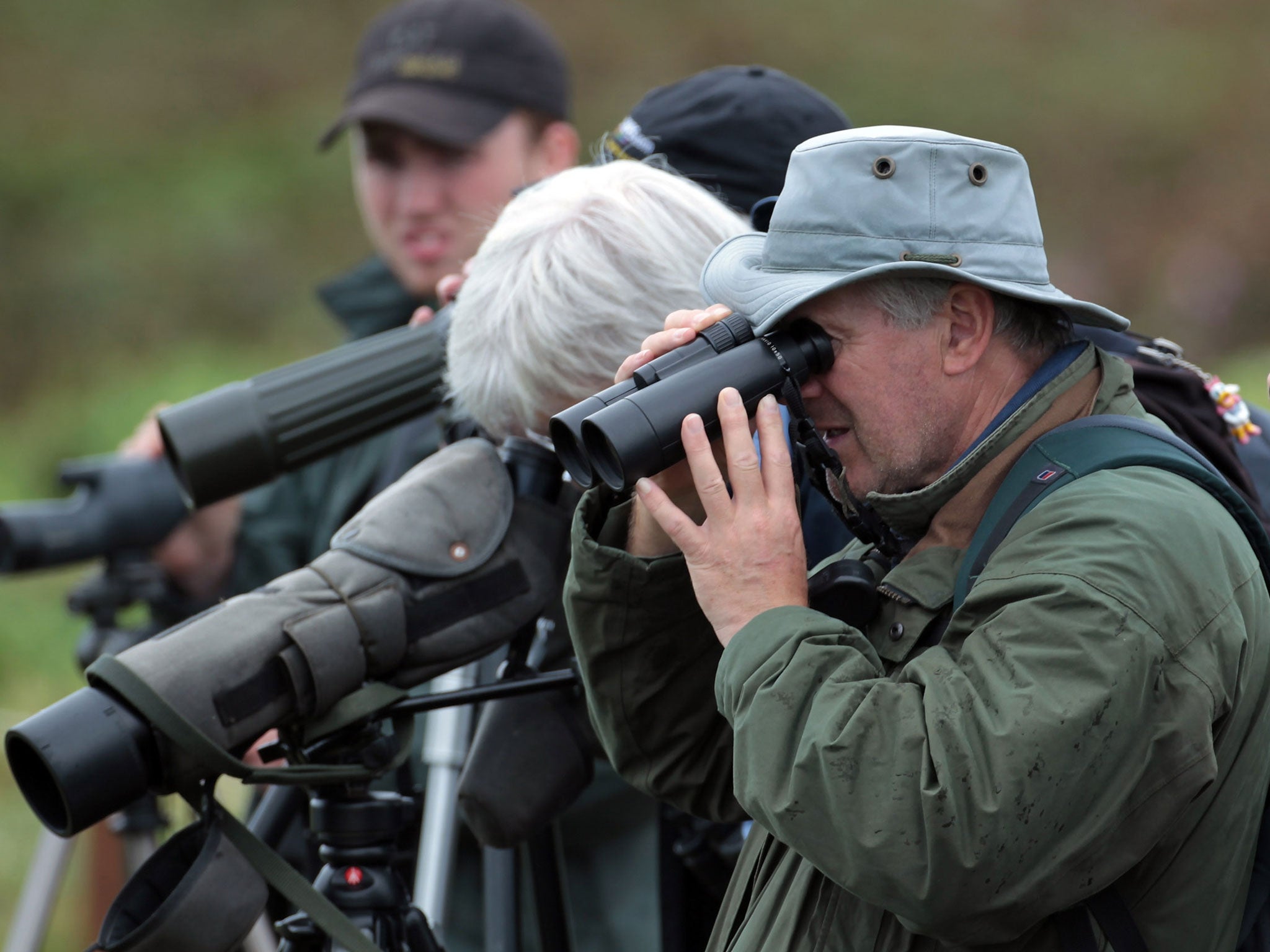Nightingales prove it: The older, the better
Their mating songs improve with age, leaving younger rivals far behind

Your support helps us to tell the story
From reproductive rights to climate change to Big Tech, The Independent is on the ground when the story is developing. Whether it's investigating the financials of Elon Musk's pro-Trump PAC or producing our latest documentary, 'The A Word', which shines a light on the American women fighting for reproductive rights, we know how important it is to parse out the facts from the messaging.
At such a critical moment in US history, we need reporters on the ground. Your donation allows us to keep sending journalists to speak to both sides of the story.
The Independent is trusted by Americans across the entire political spectrum. And unlike many other quality news outlets, we choose not to lock Americans out of our reporting and analysis with paywalls. We believe quality journalism should be available to everyone, paid for by those who can afford it.
Your support makes all the difference.Older male nightingales have perfected an art that would be the envy of men having a mid-life crisis: a trick that makes them more attractive to females than their younger male competitors.
Their mastery of successful courtship is achieved with a dazzling array of up to 100 trills a second, far more than their younger competitors can manage, and more than any other investigated bird, according to new research.
That ability, backed up by a sophisticated playlist of about 200 songs, means that they are probably seen as better mates by young trill-seeking females. Singing so many trills at peak frequency requires a lot of physical effort and, as a result, it has evolved as a sign on fitness, say the researchers.
"Females could assess the age of the male singer by the trill rate, and mate preferably with older ones," says the zoologist Dr Valentin Amrhein, who led the study at the University of Basel, Switzerland. "This makes sense for the females because older males have more experience with defending their territory or with raising young, and therefore have a better reproductive performance."
The research, being published in the Journal of Avian Biology, shows that older birds can come up with 100 trills a second, making them the fastest singers. They also performed about 200 different song types, but the researchers think it is the immediate impact of the trills that is attracting the females. It would take more than an hour for the male to go through his whole song list.
"Since the performance of these sounds is very demanding, the rate at which they can be repeated is limited. Trying to sing rapidly increasing sounds in fast repetition is very hard for us humans as well," says Dr Amrhein. "Singing rapid broadband trills comes at a certain price for the male nightingale, so trilling is a good indicator for mate quality."
Nightingale populations have been in sharp decline in recent decades. Between 1995 and 2009, the British nightingale population decreased by 57 per cent, which experts say may be because suitable breeding habitat is becoming scarcer.

A poet's muse
Meaning "night songstress", the nightingale earned its name because it is often heard singing at night as well as during the day. Writers throughout history have attached romantic symbolism to this detail. The nightingale is commonly considered something of a muse for poets, who have drawn inspiration from its melodious song. Coleridge and Wordsworth evoked the nightingale as the voice of nature itself, while "Ode to a Nightingale" by John Keats depicts the bird as an idealised poet who has achieved the kind of artistic success that the narrator longs for. In Romeo and Juliet, the bird's song signifies that love transcends death.
Katie Grant
Join our commenting forum
Join thought-provoking conversations, follow other Independent readers and see their replies
Comments